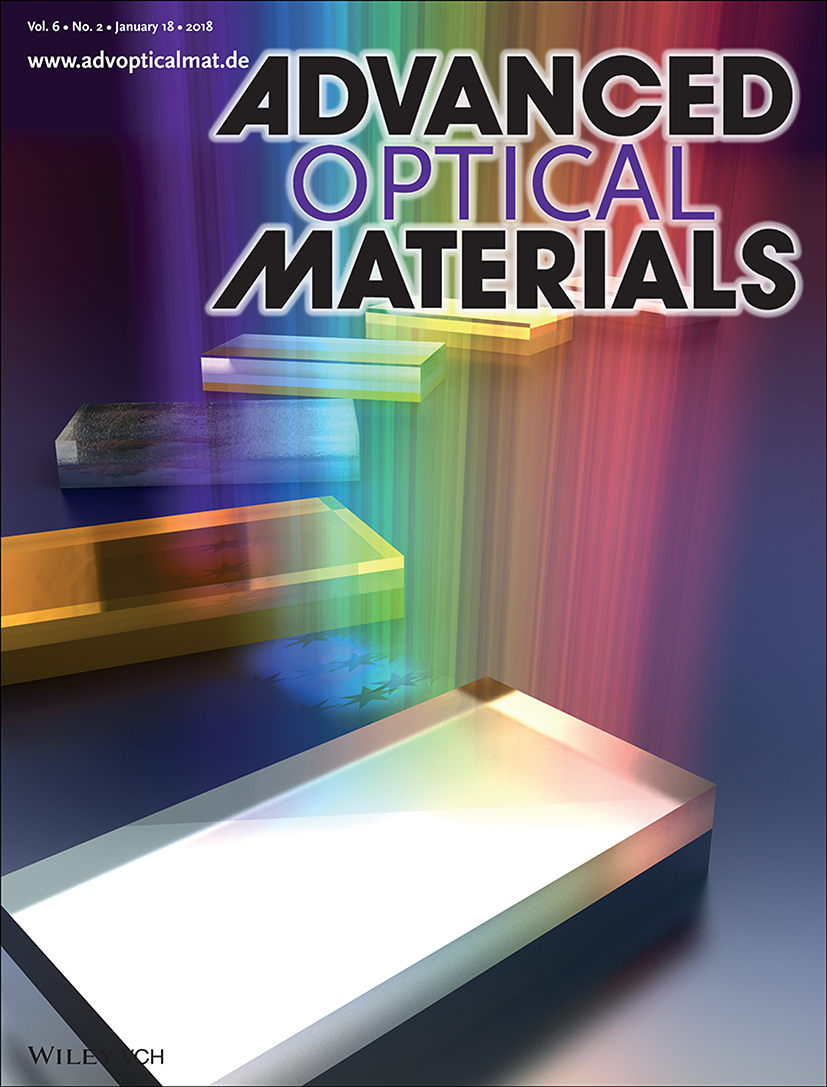NEES News
Leite Group Creates Nano-sized Super-absorber, Published in Advanced Optical Materials
Light absorption, reflection and transmission are key processes for photonic devices – devices that create, manipulate or detect light – including photovoltaics, biosensors, and photo-detectors. Currently, materials that can be found in nature – crystals, for example – have weak absorption and/or strong reflection. Thus, a ‘super-absorber’ – a material possessing a high absorption rate (> 90% of the light) – is under pursuit. Such a material could enable the development of sensors and photo-detectors with superior performance compared to the status quo. Researchers at the Universities of Maryland and Richmond (VA) – Chen Gong (UMD MSE Ph.D. Student), Zackery Benson (UMD Physics Ph.D. student), Mariama Rebello Sousa Dias (former IREAP post-doc scholar, now an Assistant Professor at the University of Richmond) and Marina Leite (UMD MSE Assistant Professor) – have recently developed a low-cost, CMOS-compatible (complementary metal-oxide-semiconductor), lithography-free, thin-film super-absorber – fashioned out of thin layers of silicon (< 100 nm) and a combination of aluminum and copper with near-unity absorption (>99%) – both metals of which are abundant on Earth, thus low-cost. Generally, the super-absorbers are obtained by ‘nanostructuring’ the material, which often requires a slow and high-cost fabrication process. Due to this scalability constraint, the team decided to search for alternative materials that can operate as a super-absorber via thin film configuration. “In the Leite Lab, we combined computational and experimental research to design and develop new metallic materials with engineered optical properties for future photonic devices with superior performance, namely super-absorbers”, said Chen Gong, one of the authors on the research paper. “This particular project is based on a theoretical and computational approach that enabled us to identify a combination of metals that provide near-unity absorption.” Super-absorbers engineered at the nanoscale could be utilized in devices such as sensors, photo-detectors, optical filters and radar technologies – the advantage of having such small components is that they offer heightened sensitivity, thus more specific data generation. “Another feature of our discovery is that we can ‘tune’ the frequency of the super-absorption – ranging from visible to near-infrared – making it possible to generate, or detect, images with color,” said Dr. Dias. Ongoing steps in this research include identifying new metal combinations that can provide high optical absorption in the mid-IR. For additional information: M.R. Sousa Dias, Chen Gong, Zackery Benson and Marina Leite. “Lithography-free, omnidirectional, CMOS-compatible AlCu alloys for thin film superabsorbers.” Advanced Optical Materials, published online December 13, 2017. DOI: DOI: 10.1002/adom.201700830
December 14, 2017 Prev Next |












